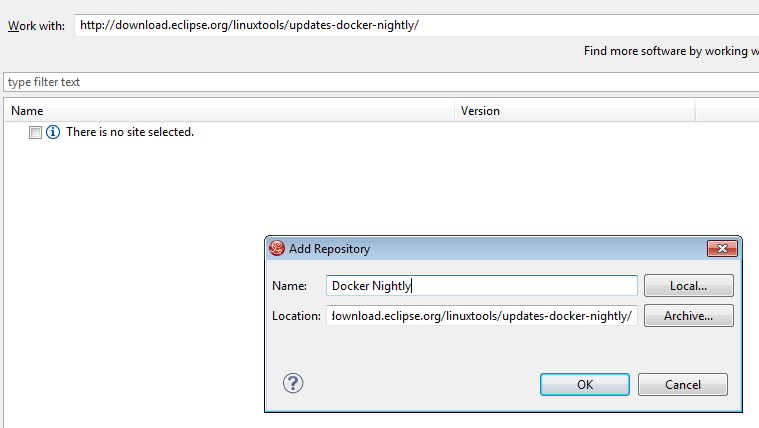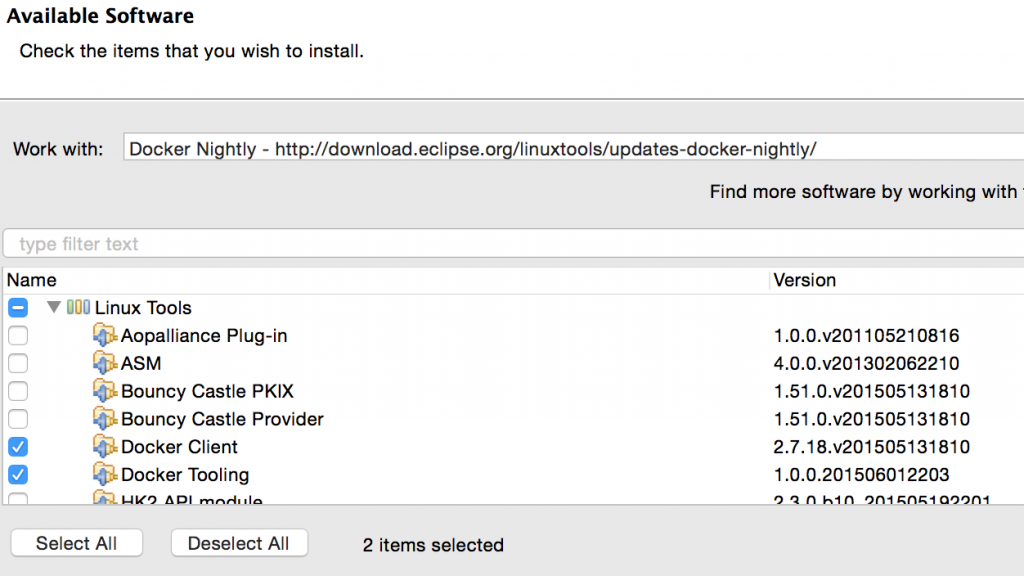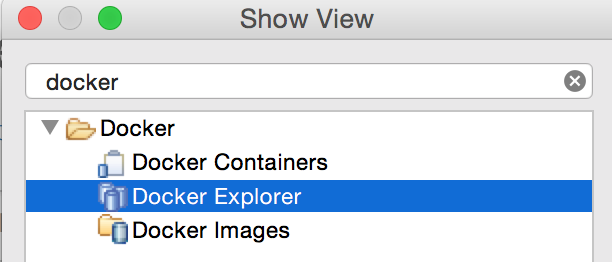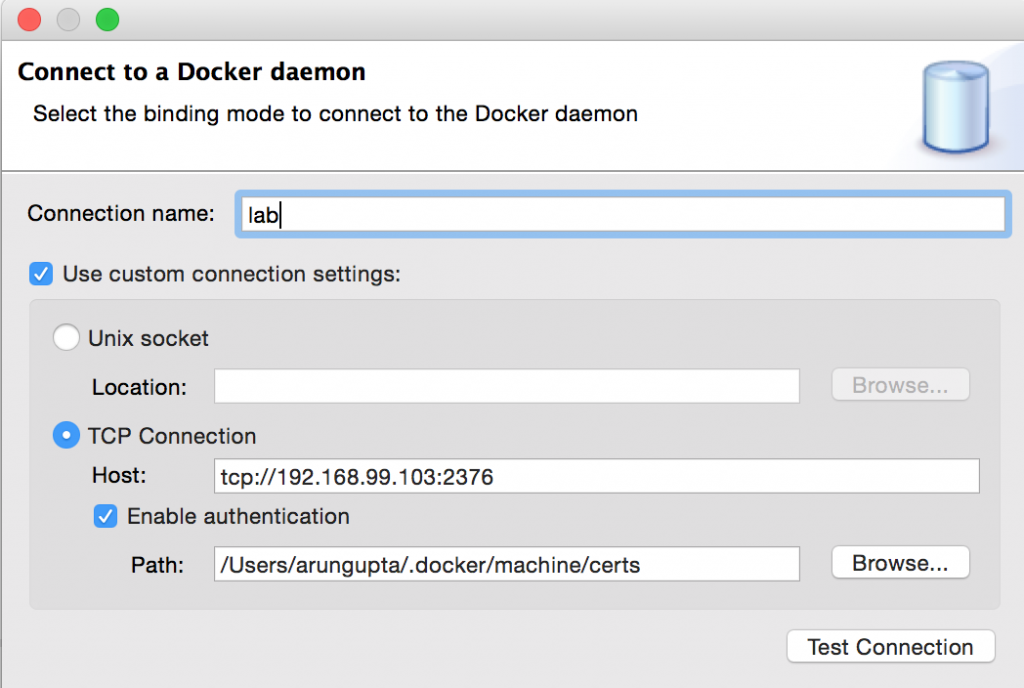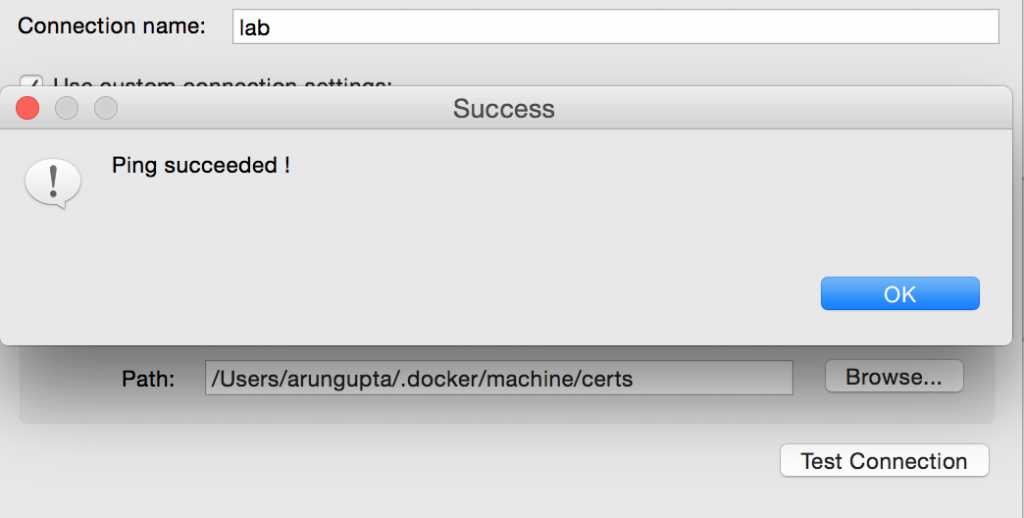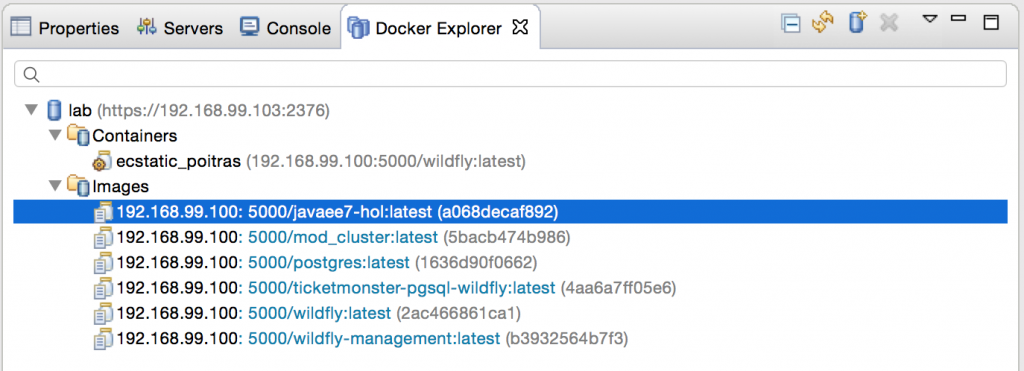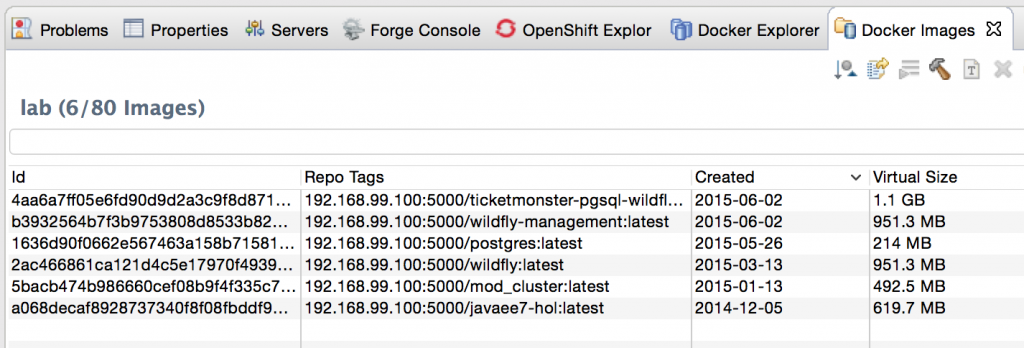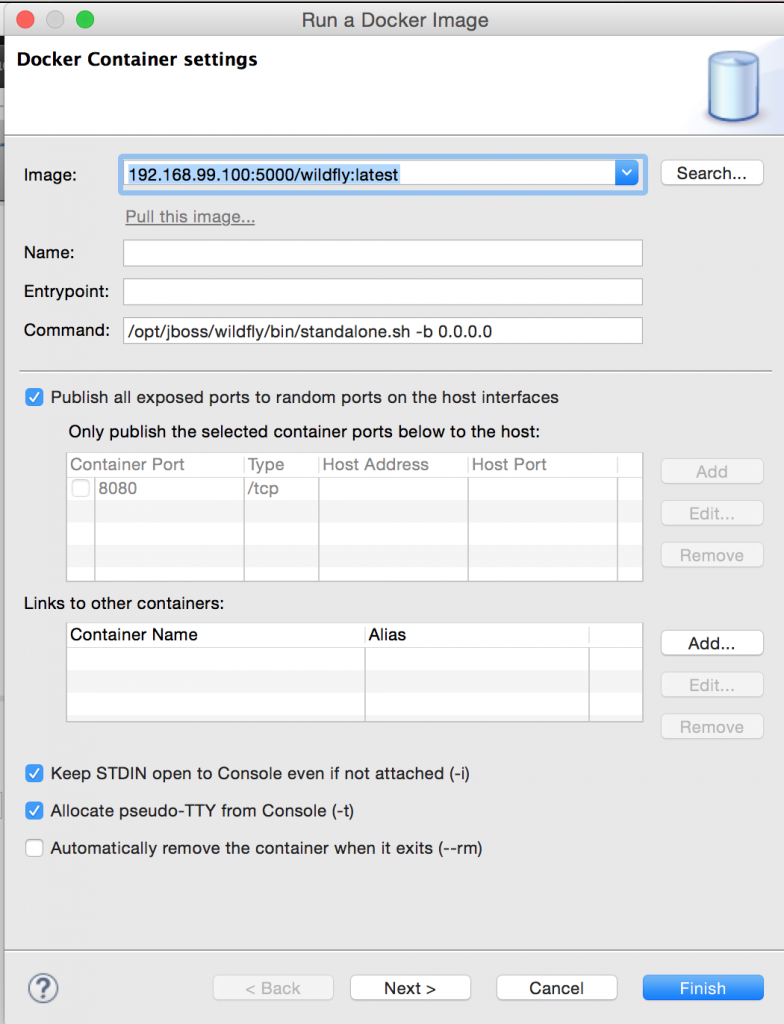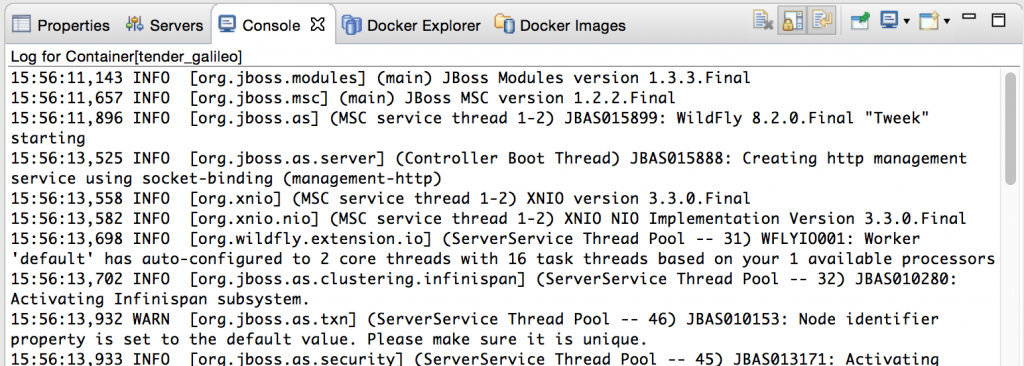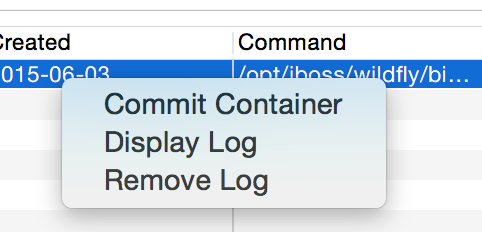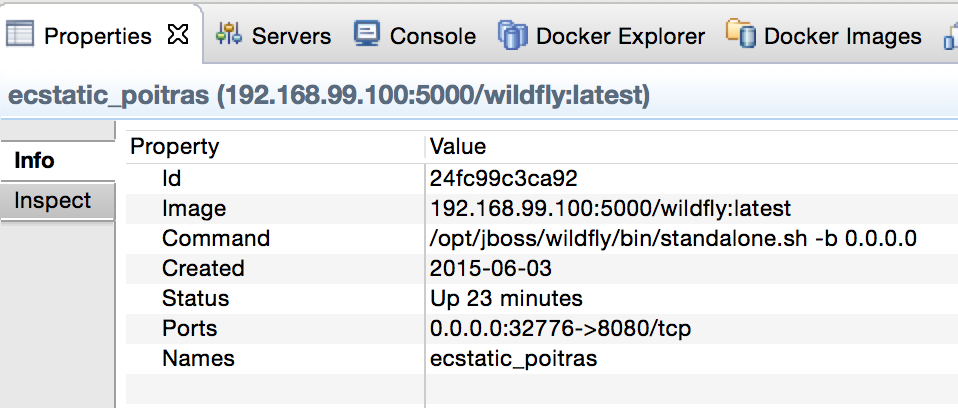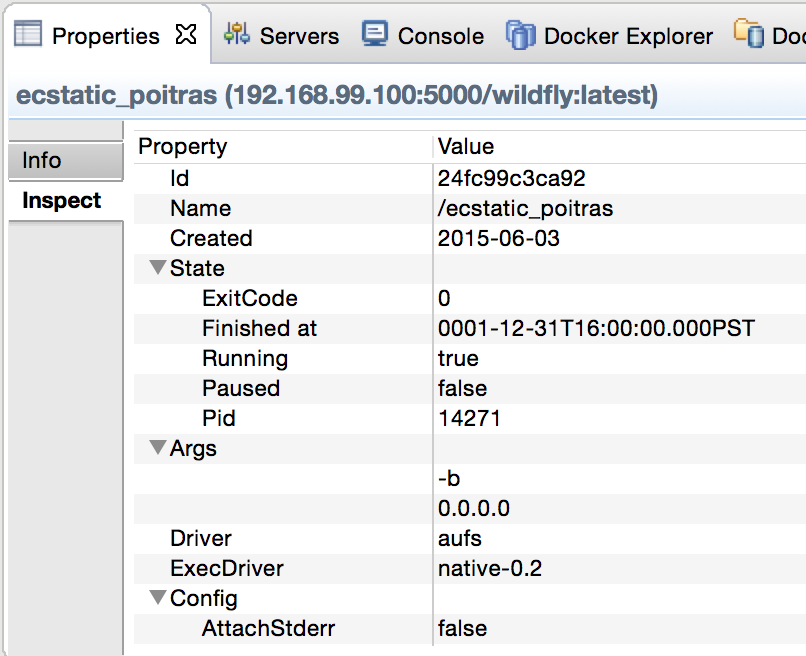Red Hat Summit and DevNation is a wrap!
It took two full night sleep and a long afternoon nap to fully recover from the excitement, stimulation, and exhaustion that sets in after meeting awesome developers, customers, partners, colleagues, and geeks from around the world. The fact that I gave four talks, one hands-on lab, participated in two panels, ran Devoxx4Kids event, talked to a lots of analysts, book signing, breakfasts/lunches/dinners/receptions, ran every morning by Charles river – all within 6 days added to the exhaustion as well 😉
In the end, it was very rewarding and inspiring to see the work others are doing!
Complete set of slides are available at redhat.com/summit/2015/presentations. Here are links to the slides from my sessions:
-
Docker Recipes for Java developers – 11381
-
DevOps with Java EE – 11525
-
Docker for Java developers – 11536 (lab)
-
Use OpenShift & PaaS to accelerate DevOps & continuous delivery – 12218
-
How DevOps and microservices impact your application architecture and development – 13639
Watch the middleware keynote by Craig Muzilla:
Watch Burr Sutter geek show starting at ~19:00.
Learn/understand more about our middleware offerings using Accelerate, Integrate, and Automate.
Some pictures from the event …
 |
 |
 |
 |
 |
 |
 |
 |
 |
 |
Complete album …
Here are some other photo albums:
- Official DevNation photo album
- Red Hatters at Summit
- Pictures from one of the Red Hat Summit official photographer
Enjoy!















 ZooKeeper is an Apache project and provides a distributed, eventually consistent hierarchical configuration store.
ZooKeeper is an Apache project and provides a distributed, eventually consistent hierarchical configuration store.




